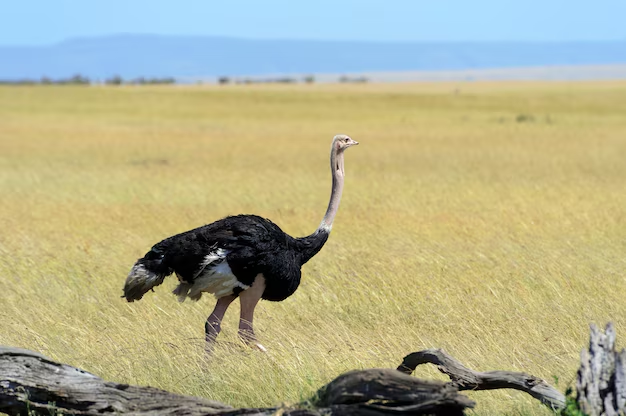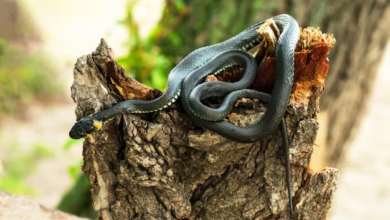Kiwi vs. Cassowary: A Comparison of Two Fascinating Birds

In the world of unique and fascinating animals, few birds stand out as much as the kiwi and the cassowary. While they both share the title of flightless birds, they differ drastically in appearance, behavior, and habitat. These two species often make headlines in various articles, including publications like the New York Times (NYT), due to their intriguing differences. In this article, we’ll explore the characteristics of these two remarkable birds and why they capture the interest of bird enthusiasts and wildlife lovers alike.You know about kiwi or cassowary nyt also openrendz.
Kiwi: The Icon of New Zealand
The kiwi is often synonymous with New Zealand, as it is the country’s national symbol. This small, nocturnal bird is well-known for its unique features and elusive nature. Kiwis are flightless, with a round body covered in shaggy brown feathers, a long, slender beak, and small, vestigial wings that are not capable of flight. There are five species of kiwi, and they all share similar characteristics.
Physical Characteristics of the Kiwi
Kiwis are small birds, typically around 18 to 25 inches in length, making them easy to miss in the wild. Despite their small size, kiwis are surprisingly heavy for their stature, with some species weighing up to 10 pounds. Their most distinct feature is their long, curved beak, which is perfectly designed for probing the ground in search of insects, worms, and other small invertebrates.
Unlike most birds, kiwis have a keen sense of smell, which is aided by the fact that their nostrils are located at the tip of their beak. Their feathers are more akin to hair than traditional feathers, which adds to their peculiar and charming appearance.
Behavior and Habitat of the Kiwi
Kiwis are predominantly nocturnal, and they are often active at night, foraging for food and avoiding predators. They are native to the forests and grasslands of New Zealand, where they nest in burrows to stay safe from larger animals.
One interesting fact about kiwis is that they are solitary creatures, only coming together to mate. They are also known for their strong territorial nature, often defending their home range against other kiwis.
Cassowary: The Dangerous Beauty of the Tropics
In stark contrast to the kiwi, the cassowary is a large, striking bird native to the tropical rainforests of northern Australia, New Guinea, and nearby islands. There are three species of cassowary, but the Southern Cassowary is the most well-known, with its imposing size and vivid, colorful skin.
Physical Characteristics of the Cassowary
Cassowaries are much larger than kiwis, standing up to 6 feet tall and weighing between 100 and 150 pounds. One of their most recognizable features is their large, helmet-like casques (keratinous structures on their heads). These casques are thought to protect the bird’s head while it pushes through dense jungle vegetation.
Cassowaries are flightless, with strong legs equipped with large, powerful feet. They have three toes on each foot, with the middle toe featuring a dangerous, sharp claw that can reach up to 5 inches in length. This claw is capable of inflicting serious injury, making the cassowary a formidable bird, despite its generally reclusive nature.
Behavior and Habitat of the Cassowary
Unlike the kiwi, cassowaries are not nocturnal. They are primarily solitary and spend their days wandering the tropical rainforests in search of fruits, seeds, and small animals. While they are not aggressive by nature, cassowaries can be very dangerous if they feel threatened. They are known for their ability to run at high speeds and are capable swimmers, often wading through rivers in their native rainforest habitats.
Though they are primarily herbivores, cassowaries will occasionally eat small vertebrates. Their diet consists mainly of fallen fruit, which they play an important role in dispersing throughout the rainforest ecosystem.
Key Differences Between Kiwi and Cassowary
While both the kiwi and the cassowary share the characteristic of being flightless, they have several notable differences that set them apart.
- Size: Kiwis are small, around the size of a domestic chicken, while cassowaries are large, standing up to 6 feet tall.
- Habitat: Kiwis are found only in New Zealand, preferring forests and grasslands, while cassowaries are native to the tropical rainforests of northern Australia and New Guinea.
- Behavior: Kiwis are nocturnal and solitary, while cassowaries are more active during the day and spend much of their time in the rainforest.
- Diet: Kiwis are insectivores, feeding on worms, insects, and other small invertebrates, while cassowaries mainly consume fruit and seeds but can occasionally eat small vertebrates.
- Dangerous Nature: Cassowaries, with their sharp claws and large size, are capable of inflicting serious injury. In contrast, kiwis are relatively harmless, though they are endangered due to habitat loss and predation by introduced species.
Why Are These Birds Important?
Both the kiwi and the cassowary play important roles in their respective ecosystems. The kiwi is essential in maintaining the balance of New Zealand’s ecosystems by controlling insect populations. As an indicator species, the decline of kiwis in the wild reflects broader environmental issues such as deforestation and the impact of invasive species.
Similarly, cassowaries are crucial in their rainforest ecosystems as seed dispersers. By eating fruits and later spreading the seeds throughout the forest, they help maintain biodiversity and the health of the ecosystem.
Conclusion
The kiwi and cassowary are two incredible, yet vastly different, birds that capture the imagination of wildlife enthusiasts and researchers alike. While the kiwi is a small, elusive bird from New Zealand, the cassowary is a towering, powerful bird from the tropical rainforests of Australia and New Guinea. Both species, however, offer critical ecological benefits, and their survival is integral to maintaining the health of their respective habitats. Whether you are intrigued by the kiwi’s nocturnal habits or fascinated by the cassowary’s powerful presence, these birds represent the extraordinary diversity of life on our planet.
